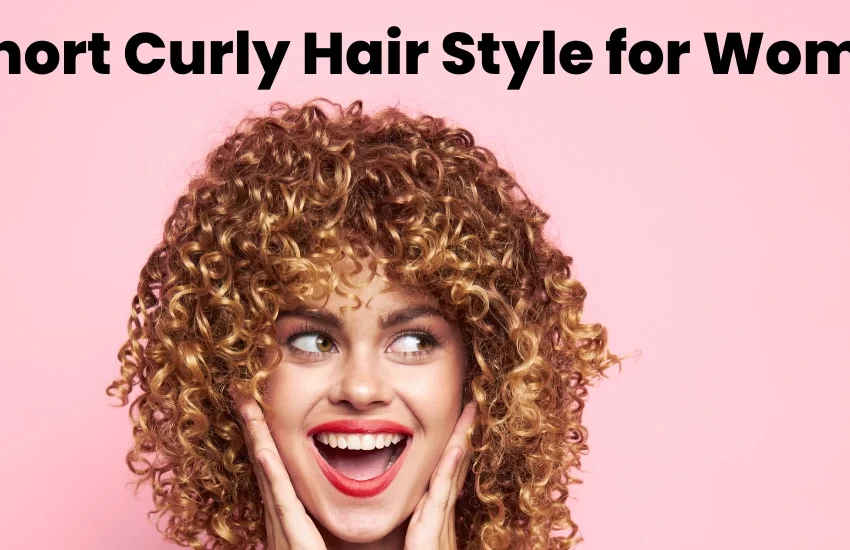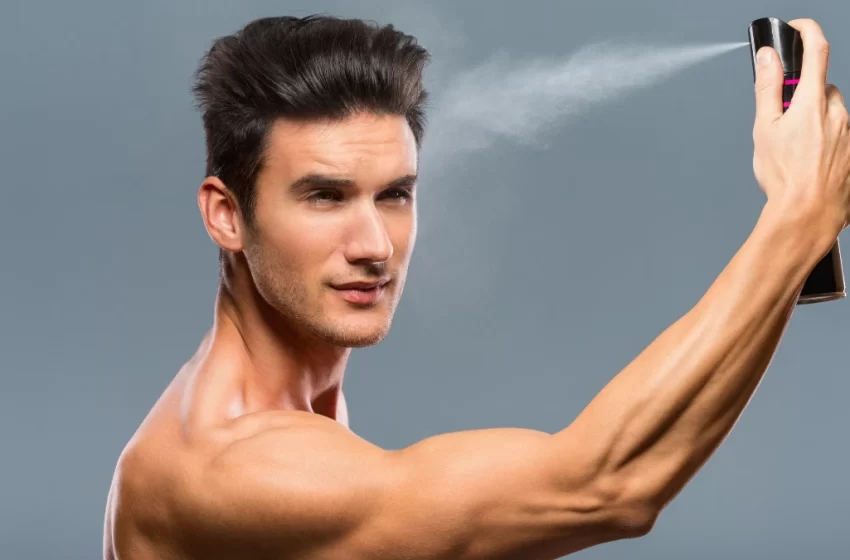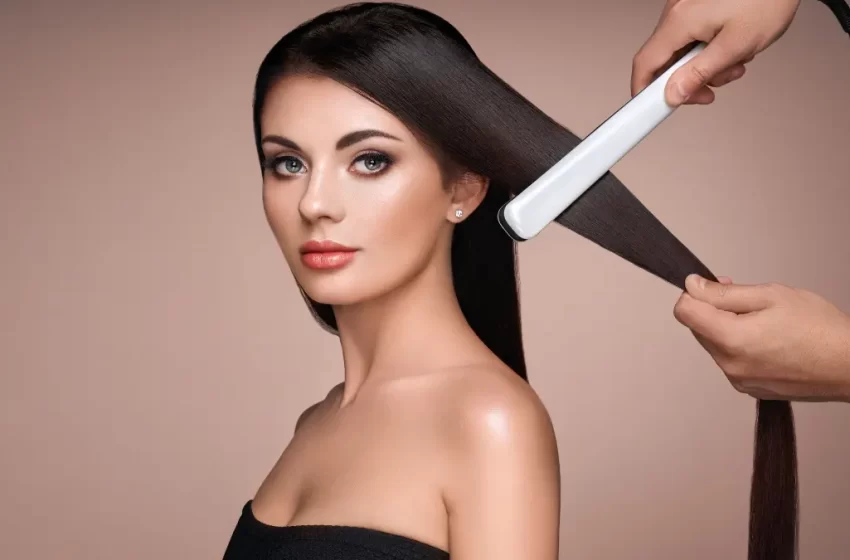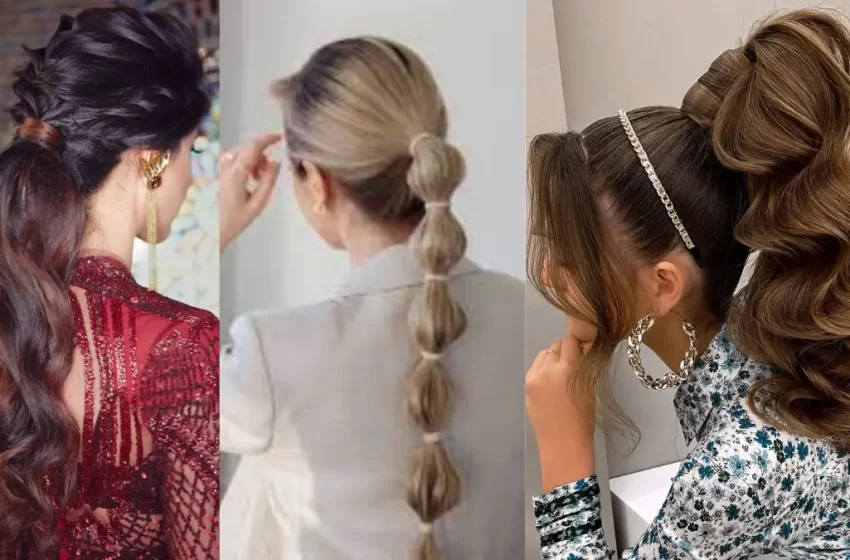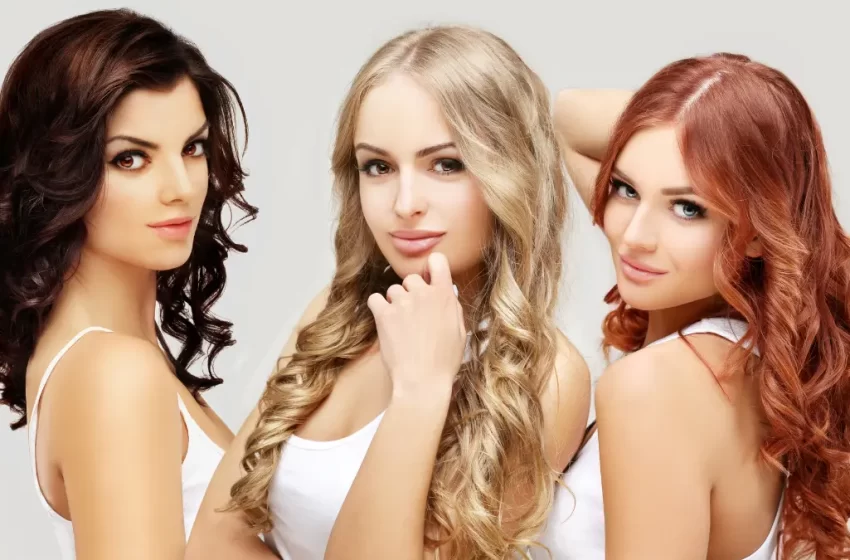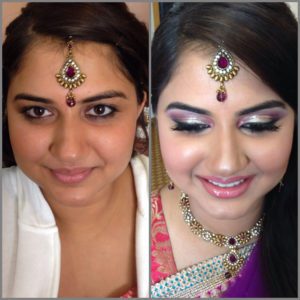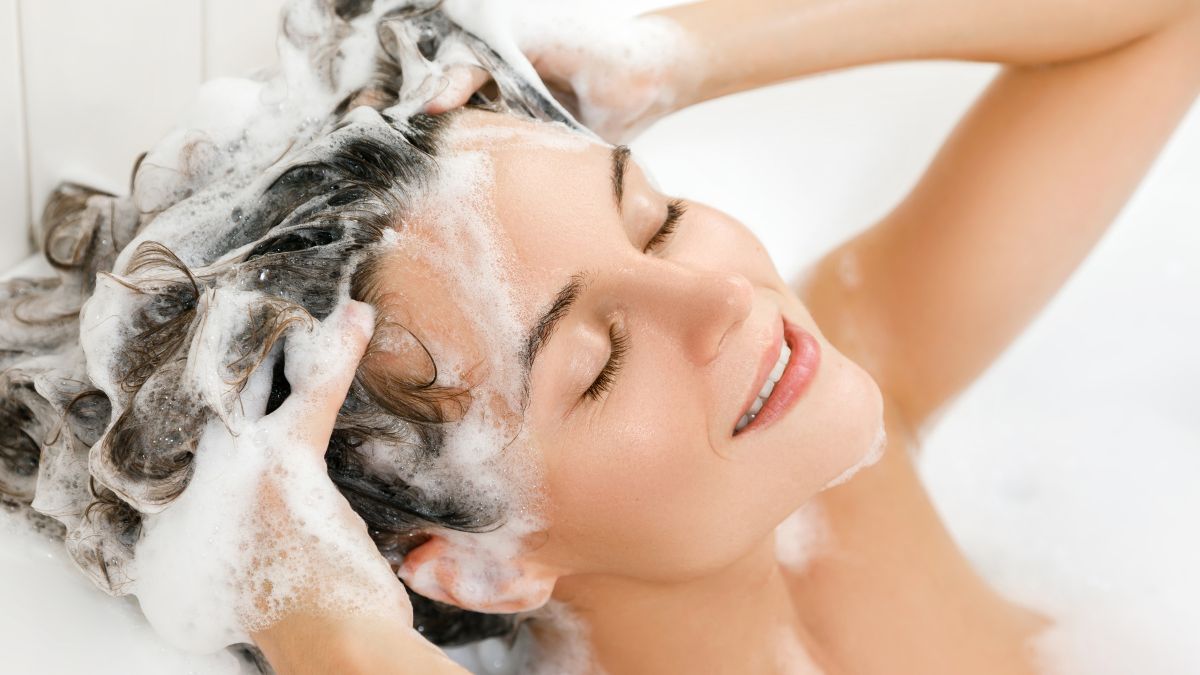
Everything You Need to Know About Reverse Washing Hair
Have you ever wondered how those with very oily hair manage to keep their locks looking clean and shiny? Or how do people with dry hair achieve such bouncy and healthy-looking strands? The answer, my friend, is in the reverse washing method! Keep reading to find out everything you need to know about this hair washing technique, including how to do it and what products to use.
Table of Contents
What is Reverse Washing Hair?
Reverse washing hair is a technique that can be used to cleanse your hair and scalp without using shampoo. This method can be beneficial for those with sensitive skin or scalp conditions. To reverse wash your hair, start by wetting your hair with water. Next, apply a conditioner to your hair and massage it into your scalp. Then, rinse the conditioner out of your hair with water. Finally, apply a leave-in conditioner to your damp hair and style as usual.
Why Do People Reverse Wash Their Hair?
Reverse washing hair is becoming a popular trend, but why? People who reverse wash their hair say that it leaves their hair feeling cleaner, softer, and less greasy. Reverse washing is when you condition your hair first and then shampoo second. Some people think that traditional shampooing can strip the hair of its natural oils, leading to dryness and damage. By conditioning first and then shampooing, you can help restore some of the natural moisture in your hair.
How to Reverse Wash Your Hair
If you’ve ever wondered how to reverse wash your hair, you’re not alone. This unique hair washing method is becoming increasingly popular, especially among those with curly or textured hair. But what exactly is reverse washing, and how do you do it? Keep reading to find out everything you need to know about this trendy new way to clean your locks.
So, what is reverse washing? Simply put, it’s the process of applying conditioner to your hair before shampooing. This might sound counterintuitive, but doing so can actually help to improve the health and appearance of your hair.
Why? Well, when you shampoo first, your hair can become stripped of its natural oils and moisture. This can leave it feeling dry, brittle, and damaged. However, by conditioning your hair before shampooing, you can help to lock in moisture and prevent damage.
Ready to give reverse washing a try? Here’s how to do it:
1. Start by wetting your hair in the shower as usual.
2. Next, apply a generous amount of conditioner to your locks, focusing on the ends.
3. Allow the conditioner to sit for a few minutes before rinse
What Are the Benefits of Reverse Washing Your Hair?
If you’re like most people, you probably wash your hair the same way every time. But what if there was a better way? What if there was a way to get your hair even cleaner, and help preserve its natural oils at the same time?
Reverse washing is a technique where you condition your hair first, and then shampoo second. This might seem counterintuitive, but it actually has a lot of benefits for your hair.
Conditioning first helps to hydrate and protect your hair from the harsh effects of shampoo. Shampoo can strip away natural oils and leave your hair feeling dry and brittle. By conditioning first, you can help minimize this damage.
In addition, reverse washing can help preserve your hair’s natural oils. When you shampoo first, these oils can be stripped away before they have a chance to moisturize your hair. By conditioning first, you can help lock in these oils and keep your hair healthy and hydrated.
If you’re looking for a way to get cleaner, healthier hair, try reverse washing!
Are There Any Disadvantages to Reverse Washing Your Hair?
Reverse washing your hair has a lot of advantages, but there are a few disadvantages to consider as well. One potential disadvantage is that it can take longer to reverse-wash your hair than it does to wash it the traditional way. Another potential disadvantage is that reverse washing your hair can be more difficult if you have long or thick hair. Finally, reverse washing your hair can strip away some of the natural oils from your scalp, which can lead to dryness or irritation.

